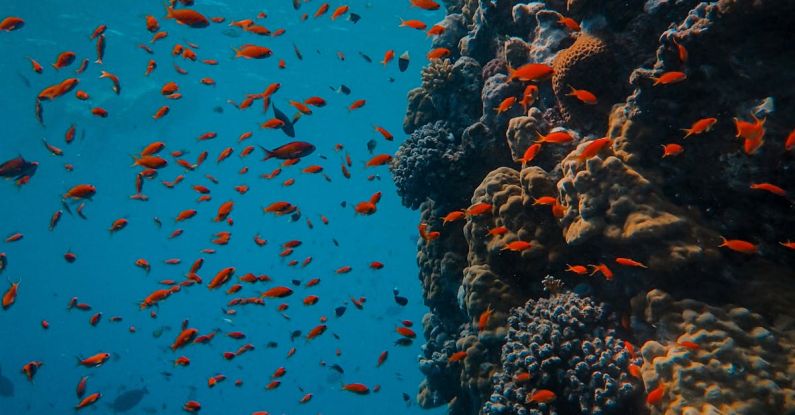In recent years, the detrimental effects of certain chemicals found in sunscreens on coral reefs have come under scrutiny. As more people become aware of the importance of protecting marine ecosystems, the choice of sunscreen products used while enjoying the ocean has become a significant consideration. The impact of sunscreens on coral reefs is a pressing issue that calls for a shift towards eco-friendly alternatives. By making informed choices, we can contribute to the preservation of these vital marine ecosystems.
**Understanding the Issue**
Coral reefs are not only breathtakingly beautiful ecosystems but also crucial for marine biodiversity. They provide a habitat for numerous marine species and play a significant role in the overall health of the oceans. However, coral reefs are facing numerous threats, including climate change, overfishing, and pollution. One lesser-known threat is the damage caused by certain chemicals commonly found in sunscreens.
**Chemicals to Avoid**
Oxybenzone and octinoxate are two chemicals commonly found in many traditional sunscreen products. These chemicals have been identified as harmful to coral reefs, causing coral bleaching and disrupting the development and reproduction of marine life. When we swim in the ocean wearing sunscreen containing these chemicals, they can wash off our bodies and accumulate in the water, posing a threat to the delicate balance of coral reef ecosystems.
**Eco-Friendly Alternatives**
Fortunately, there are eco-friendly sunscreen options available that provide effective sun protection without harming coral reefs. Mineral sunscreens containing zinc oxide or titanium dioxide are considered reef-safe alternatives. These mineral filters work by creating a physical barrier on the skin that reflects and scatters UV radiation, offering broad-spectrum protection without the need for harmful chemicals.
**Reading Labels**
When choosing a sunscreen, it is essential to read the labels carefully. Look for products that are labeled as “reef-safe” or “reef-friendly” to ensure that they do not contain oxybenzone and octinoxate. Additionally, opt for mineral-based sunscreens with non-nano particles to minimize any potential environmental impact. By being mindful of the ingredients in our sunscreen choices, we can make a positive difference in protecting coral reefs.
**Advocating for Change**
As consumers, we have the power to drive change in the beauty and skincare industry. By demanding reef-safe sunscreen options and supporting brands that prioritize environmental sustainability, we can encourage more companies to develop eco-friendly products. Sharing information with friends and family about the importance of choosing reef-safe sunscreens can also help raise awareness and promote responsible sun protection practices.
**Making the Eco-Friendly Choice**
When it comes to protecting our skin and the environment, making the eco-friendly choice is crucial. By opting for reef-safe sunscreens, we can enjoy the sun responsibly without contributing to the degradation of coral reefs. Making small changes in our daily routines, such as choosing eco-friendly sunscreen options, can have a significant impact on the health of marine ecosystems.
**In Conclusion**
The impact of sunscreens on coral reefs is a critical issue that highlights the interconnectedness of human actions and the health of marine ecosystems. By choosing reef-safe sunscreens and advocating for environmental sustainability, we can play a part in preserving the beauty and biodiversity of coral reefs for future generations. Let’s make the eco-friendly choice and protect our oceans one sunscreen at a time.





